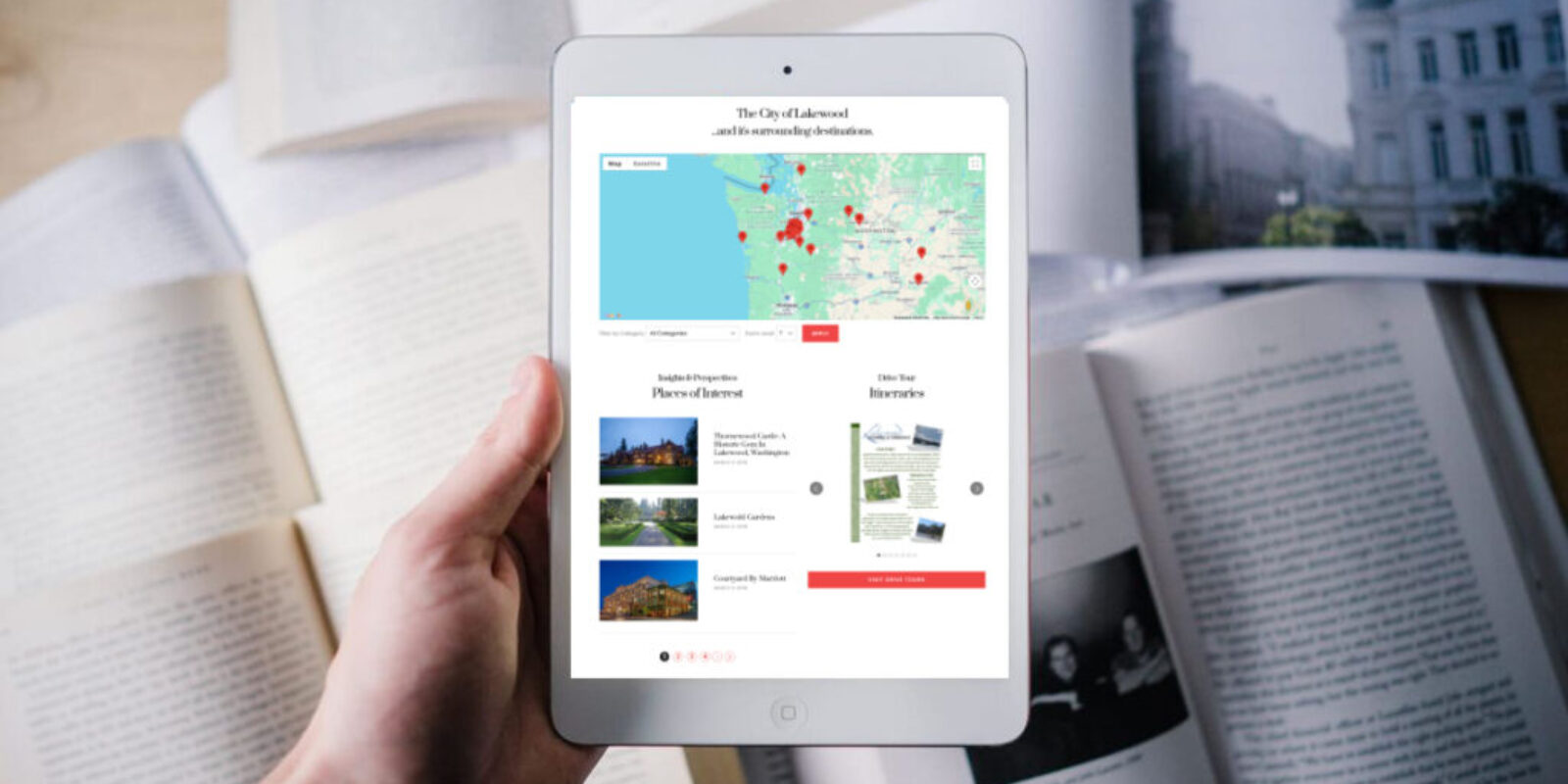Washington State is home to one of the most diverse climates in the United States, offering everything from lush, evergreen forests to expansive desert landscapes. The state’s geographical divide, created by the towering Cascade Mountain Range, results in two distinct climate zones—each with its own unique appeal and natural beauty.
Western Washington: The Emerald Wonderland
On the west side of the Cascade Mountains, Washington enjoys a temperate maritime climate. This region, often referred to as the “Evergreen State,” is defined by abundant rainfall, mild winters, and cool summers. Cities such as Seattle, Tacoma, and Olympia benefit from the moderating effects of the Pacific Ocean, keeping temperatures relatively stable throughout the year.
This side of the state is famous for its dense forests, including the Hoh Rainforest, part of Olympic National Park, one of the wettest places in North America. The region’s landscapes are rich with towering evergreens, snow-capped mountains, pristine lakes, and winding rivers. Waterways such as the Puget Sound and the Columbia River provide vital resources and stunning scenery, making Western Washington a haven for outdoor enthusiasts who enjoy hiking, boating, and wildlife watching year-round.
Eastern Washington: The High Desert and Fertile Farmlands
East of the Cascade Mountains, the climate shifts dramatically into a semi-arid and desert-like environment. This region experiences hot summers, cold winters, and significantly less rainfall than its western counterpart. Cities such as Yakima, Spokane, and Walla Walla exist within this arid landscape, characterized by rolling hills, vast farmlands, and deep canyons.
Eastern Washington is the agricultural heart of the state, producing some of the nation’s best apples, cherries, hops, and wine grapes. The Walla Walla Valley is world-renowned for its thriving wine industry, offering award-winning vintages and scenic vineyard tours. The Palouse region, with its mesmerizing rolling hills, is an iconic agricultural area known for its wheat and legume production.
Despite the arid climate, Eastern Washington is not without breathtaking natural wonders. The stunning Palouse Falls, a 200-foot waterfall nestled in a rugged canyon, stands as a testament to the region’s hidden beauty. The Columbia River Gorge also cuts through this part of the state, providing a dramatic contrast to the surrounding farmland and desert terrain.
The Four Seasons of Washington
Washington’s diverse landscapes mean that residents and visitors can experience all four seasons in their full splendor. Spring brings vibrant wildflowers and fresh greenery across both regions, while summer is perfect for outdoor adventures, from kayaking in the San Juan Islands to exploring the high desert landscapes. Autumn transforms the state with rich hues of gold, orange, and red, particularly in the Cascade foothills and the vineyards of Eastern Washington. Winter welcomes heavy snowfall in the mountains, making Washington a prime destination for skiing and snowboarding at resorts such as Mount Baker and Stevens Pass.
A State of Natural Contrast
Washington State’s climate diversity makes it a unique and dynamic place to visit or call home. Whether it’s the lush greenery and mild coastal climate of the west or the arid deserts and agricultural riches of the east, the state offers an array of landscapes and experiences unlike anywhere else in the country. No matter the season, Washington is a destination that showcases the beauty of nature in all its varied forms.
No reviews yet. Be the first to review!
Did you like this article? Provide a rating.
